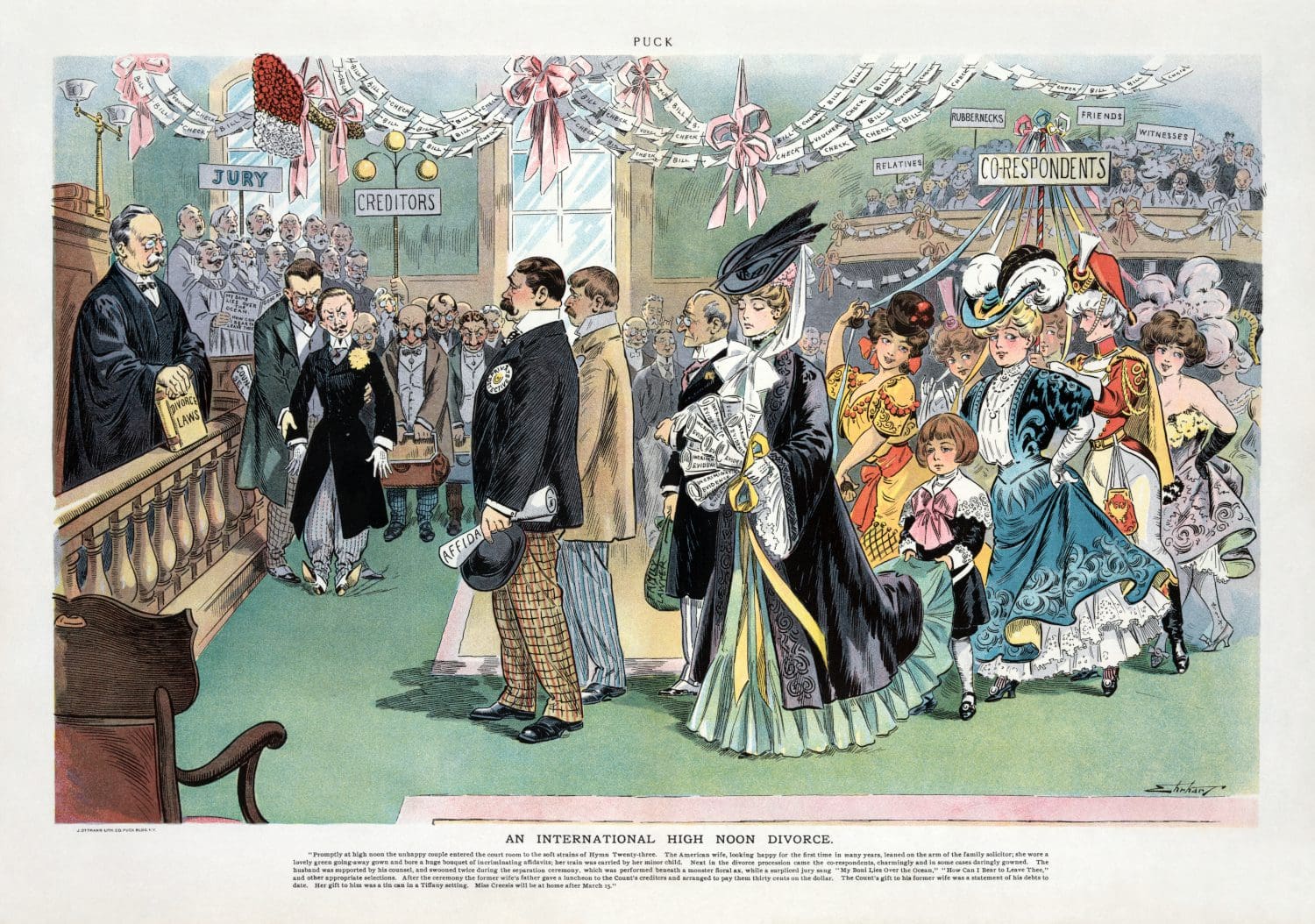
Divorce, the legal process of ending a marriage, has a long and varied history that spans back thousands of years. From ancient civilizations to modern times, the laws and attitudes surrounding divorce have undergone significant changes, reflecting the shifting cultural and societal norms of each era.
Ancient Times: Divorce was recognized in ancient civilizations such as Babylon, Egypt, and Greece. However, it was typically restricted to the wealthy and powerful, and was often granted only for limited reasons, such as adultery or cruelty. In these early societies, women were often viewed as the property of their husbands and were not granted the right to initiate a divorce.
The Roman Empire: The Roman Empire saw a significant expansion of the grounds for divorce, including such reasons as abandonment and mutual consent. During this time, the right to divorce was extended to women, who were allowed to initiate proceedings if their husbands failed to fulfill their marital obligations.
The Middle Ages: During the Middle Ages, the Catholic Church exerted significant control over the laws surrounding marriage and divorce. Divorce was not recognized as a valid option and the only way to end a marriage was through annulment, which declared the marriage to be null and void from the beginning. This practice was reserved for the wealthy and powerful and was often used to dissolve marriages for political or financial reasons.
The Reformation: The Reformation marked a significant turning point in the history of divorce. Protestant leaders, including Martin Luther and John Calvin, rejected the authority of the Catholic Church and advocated for the recognition of divorce in certain circumstances, such as adultery or abuse. This was a significant shift from the strict ban on divorce in previous eras.
The Modern Era: In the 19th and 20th centuries, the laws surrounding divorce continued to evolve, reflecting changing attitudes towards marriage and family. In many countries, the right to divorce was extended to the general population and the grounds for divorce were expanded to include such reasons as incompatibility and desertion. The introduction of no-fault divorce, which allows for the dissolution of a marriage without assigning blame, marked a major shift in the laws surrounding divorce and has become a widely accepted option in many countries.
Conclusion: The history of divorce is a rich and varied one, reflecting the changing cultural, societal, and religious norms of each era. From ancient times to the present day, the laws surrounding divorce have undergone significant changes, expanding the grounds for divorce and granting greater rights and freedoms to individuals seeking to dissolve their marriages. Today, divorce continues to evolve, reflecting the changing attitudes and expectations of modern society.